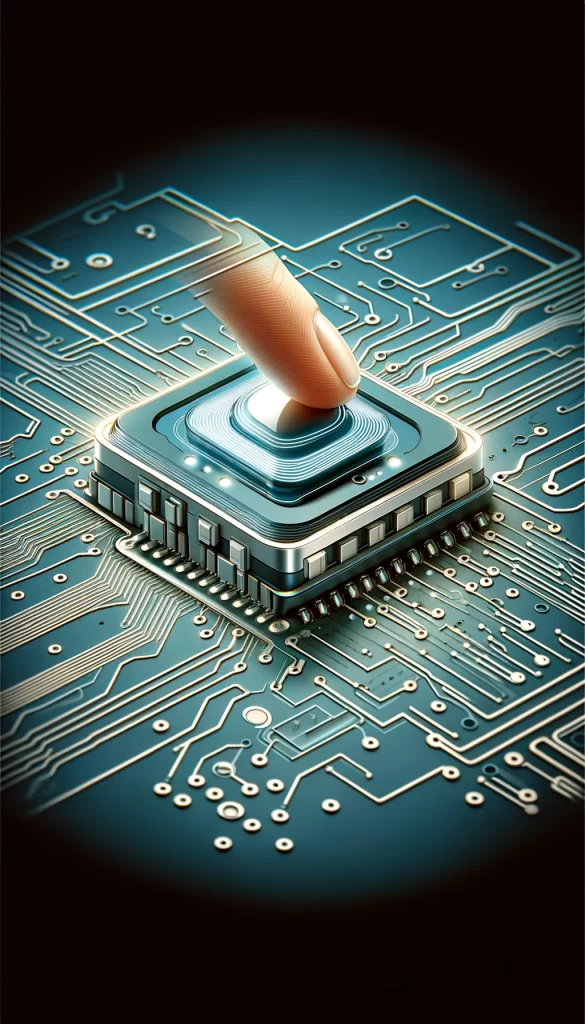Introduction
Tactile membrane switches have become a cornerstone in the design of user interfaces across various industries. Recognized for their responsiveness and user-friendly nature, these switches offer a distinct tactile feedback to users upon activation. This blog post provides an overview of tactile membrane switches, their mechanism, applications, and why they are preferred in numerous electronic devices.
What are Tactile Membrane Switches?
Tactile membrane switches are a type of switch used in electronic interfaces that provide physical feedback to the user. Unlike traditional mechanical switches, they are made from layers of flexible materials, creating a thin and compact profile. The tactile response is achieved through a design that allows the top layer to snap or depress slightly when pressed and then return to its original position.
The Anatomy of a Tactile Membrane Switch
1. Top Layer (Graphic Overlay):
- Usually made from materials like polyester or polycarbonate, this layer displays the graphical interface.
2. Tactile Layer:
- This includes a dome or embossed area that creates the ‘click’ sensation when pressed.
3. Circuit Layer:
- Here, conductive inks form the electrical paths, closing the circuit when the switch is pressed.
4. Adhesive Layers:
- These layers hold all components together and attach the switch to its final destination.
Advantages of Tactile Membrane Switches
1. User Feedback:
- The tactile response assures users that their input has been registered, which is crucial in environments where visual confirmation isn’t always possible.
2. Durability:
- Constructed with fewer moving parts and durable materials, these switches are resistant to dust, moisture, and wear.
3. Design Flexibility:
- They can be customized in size, shape, and graphic interface to fit various applications.
4. Compact and Lightweight:
- Their slim profile is ideal for devices where space and weight are constraints.
Applications
Tactile membrane switches are used in a myriad of devices, from industrial control panels and medical equipment to consumer electronics and automotive interfaces. Their versatility and reliability make them suitable for environments that require robust yet intuitive controls.
Conclusion
Tactile membrane switches are an integral part of modern electronic design, offering a perfect blend of tactile feedback, durability, and customization. As technology advances, they continue to evolve, becoming more integrated and sophisticated. Understanding these switches is key for anyone involved in the design and use of electronic interfaces, as they offer a user experience that is both tactilely satisfying and functionally reliable. Whether you’re a designer, engineer, or end-user, tactile membrane switches represent a remarkable fusion of form and function in the world of electronics.

